For some time now, the GNOME desktop has had the ability to launch specific games and applications using a more powerful GPU if you're in a multi-GPU environment and now it's advancing further.
In GNOME, when the ability to launch using a dedicated GPU was added back in 2016 you were able to right click on something and then see this menu (using switcheroo-control):
The freedesktop "Desktop Entry Specification" has since been updated, with a brand new option named "PrefersNonDefaultGPU". If that is present in a .desktop launcher file for a game or application and set true, it will then automatically use your more powerful GPU.
Since you might not always want that, the right click switcheroo menu will now have the option to use your integrated GPU if it's all hooked up nicely.
It's not a huge change overall but obviously a very welcome one, there's plenty of games and applications that simply work better (or at all) on a dedicated GPU and this is one of those little paper-cut style issues that can just make the Linux experience better overall. It's already been merged into the GNOME desktop for a future release as noted by developer Bastien Nocera in a blog post.
Hat tip to nuublz.
Quoting: SamsaiQuoting: mcphailI package a few games. I'm not sure whether to add this to the .desktop files. Would it be seen as user-hostile if I was making this default decision for users? Most of the games I package would run satisfactorily on integrated graphics but might be better on a dedicated gpu.There are laptop configurations where the dGPU is functionally slower than the iGPU. My laptop for example is like that, the iGPU and dGPU are rated at just about equal performance but either due to thermal issues (single, shared heatpipe) or other overhead the dGPU consistently under-performs. On the other hand though, these kinds of systems are basically broken designs, so they may not be worth working around.
If you are unsure then relying on the default behaviour where GNOME optionally allows launching games using the dGPU is probably fine.
Sound like Asus X550DP 😂
Quoting: adibuyonoHP Notebook 13 or whatever. Got it because it had a hybrid GPU setup I could test for GOL with an APU + AMD GPU combo. At the time most laptop choices were Intel + Nvidia and I have no interest in buying an Nvidia card.Quoting: SamsaiQuoting: mcphailI package a few games. I'm not sure whether to add this to the .desktop files. Would it be seen as user-hostile if I was making this default decision for users? Most of the games I package would run satisfactorily on integrated graphics but might be better on a dedicated gpu.There are laptop configurations where the dGPU is functionally slower than the iGPU. My laptop for example is like that, the iGPU and dGPU are rated at just about equal performance but either due to thermal issues (single, shared heatpipe) or other overhead the dGPU consistently under-performs. On the other hand though, these kinds of systems are basically broken designs, so they may not be worth working around.
If you are unsure then relying on the default behaviour where GNOME optionally allows launching games using the dGPU is probably fine.
Sound like Asus X550DP 😂
Quoting: SamsaiQuoting: adibuyonoHP Notebook 13 or whatever. Got it because it had a hybrid GPU setup I could test for GOL with an APU + AMD GPU combo. At the time most laptop choices were Intel + Nvidia and I have no interest in buying an Nvidia card.Quoting: SamsaiQuoting: mcphailI package a few games. I'm not sure whether to add this to the .desktop files. Would it be seen as user-hostile if I was making this default decision for users? Most of the games I package would run satisfactorily on integrated graphics but might be better on a dedicated gpu.There are laptop configurations where the dGPU is functionally slower than the iGPU. My laptop for example is like that, the iGPU and dGPU are rated at just about equal performance but either due to thermal issues (single, shared heatpipe) or other overhead the dGPU consistently under-performs. On the other hand though, these kinds of systems are basically broken designs, so they may not be worth working around.
If you are unsure then relying on the default behaviour where GNOME optionally allows launching games using the dGPU is probably fine.
Sound like Asus X550DP 😂
I see.. Your case is similar to my Asus X550DP. It come with AMD A10-5750, Dual Graphic HD8650G + HD8670M.
I have been hunting a way to use discrete graphic card on Linux but ended up with no easy solution. At the end, i find out that the dGPU is just very slight better than the iGPU, but it came with a great cost. A lot of x550dp user ended up with dying GPU due to overheat. Luckily I moved to Linux after few months purchasing it and find no way to active the dGPU.
I wonder why the manufactures implant a dGPU if it's perform almost similar to iGPU.
Quoting: adibuyonoThe original purpose of those setups was to use Crossfire between the APU and the dGPU to get higher performance. Obviously on Linux Crossfire was never really a thing, so it's not relevant to us. Technically Vulkan could make use of such setups but it's debatable if game devs will actually bother.Quoting: SamsaiQuoting: adibuyonoHP Notebook 13 or whatever. Got it because it had a hybrid GPU setup I could test for GOL with an APU + AMD GPU combo. At the time most laptop choices were Intel + Nvidia and I have no interest in buying an Nvidia card.Quoting: SamsaiQuoting: mcphailI package a few games. I'm not sure whether to add this to the .desktop files. Would it be seen as user-hostile if I was making this default decision for users? Most of the games I package would run satisfactorily on integrated graphics but might be better on a dedicated gpu.There are laptop configurations where the dGPU is functionally slower than the iGPU. My laptop for example is like that, the iGPU and dGPU are rated at just about equal performance but either due to thermal issues (single, shared heatpipe) or other overhead the dGPU consistently under-performs. On the other hand though, these kinds of systems are basically broken designs, so they may not be worth working around.
If you are unsure then relying on the default behaviour where GNOME optionally allows launching games using the dGPU is probably fine.
Sound like Asus X550DP 😂
I see.. Your case is similar to my Asus X550DP. It come with AMD A10-5750, Dual Graphic HD8650G + HD8670M.
I have been hunting a way to use discrete graphic card on Linux but ended up with no easy solution. At the end, i find out that the dGPU is just very slight better than the iGPU, but it came with a great cost. A lot of x550dp user ended up with dying GPU due to overheat. Luckily I moved to Linux after few months purchasing it and find no way to active the dGPU.
I wonder why the manufactures implant a dGPU if it's perform almost similar to iGPU.
Quoting: SamsaiWow.. I see.. Thanks, learn a lot todayQuoting: adibuyonoThe original purpose of those setups was to use Crossfire between the APU and the dGPU to get higher performance. Obviously on Linux Crossfire was never really a thing, so it's not relevant to us. Technically Vulkan could make use of such setups but it's debatable if game devs will actually bother.Quoting: SamsaiQuoting: adibuyonoHP Notebook 13 or whatever. Got it because it had a hybrid GPU setup I could test for GOL with an APU + AMD GPU combo. At the time most laptop choices were Intel + Nvidia and I have no interest in buying an Nvidia card.Quoting: SamsaiQuoting: mcphailI package a few games. I'm not sure whether to add this to the .desktop files. Would it be seen as user-hostile if I was making this default decision for users? Most of the games I package would run satisfactorily on integrated graphics but might be better on a dedicated gpu.There are laptop configurations where the dGPU is functionally slower than the iGPU. My laptop for example is like that, the iGPU and dGPU are rated at just about equal performance but either due to thermal issues (single, shared heatpipe) or other overhead the dGPU consistently under-performs. On the other hand though, these kinds of systems are basically broken designs, so they may not be worth working around.
If you are unsure then relying on the default behaviour where GNOME optionally allows launching games using the dGPU is probably fine.
Sound like Asus X550DP 😂
I see.. Your case is similar to my Asus X550DP. It come with AMD A10-5750, Dual Graphic HD8650G + HD8670M.
I have been hunting a way to use discrete graphic card on Linux but ended up with no easy solution. At the end, i find out that the dGPU is just very slight better than the iGPU, but it came with a great cost. A lot of x550dp user ended up with dying GPU due to overheat. Luckily I moved to Linux after few months purchasing it and find no way to active the dGPU.
I wonder why the manufactures implant a dGPU if it's perform almost similar to iGPU.
Quoting: Leeo97oneYou need to install this in order to see the launch option on GNOME Shell: https://gitlab.freedesktop.org/hadess/switcheroo-control
AUR: https://aur.archlinux.org/packages/switcheroo-control/
It seems to be included with Ubuntu 20.04 LTS ("Focal Fossa"), because I discovered this by accident earlier tonight (I didn't even know there was options to force usage of the dedicated graphics under a right-click menu!)... Of course, my new laptop is rubbish for gaming, despite the NVIDIA chip, so it's of little use to me. :-(
Quoting: GuestThe next step is up to NVidia to get their Optimus Support on Linux in order and more out of the box. Without the requirement for 3rd party tools or patched XOrg servers... x.x
I lost hope this will ever happen a long time a go...
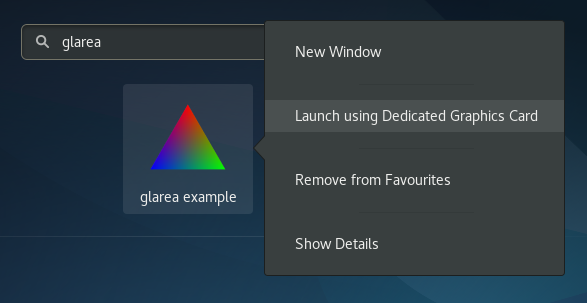
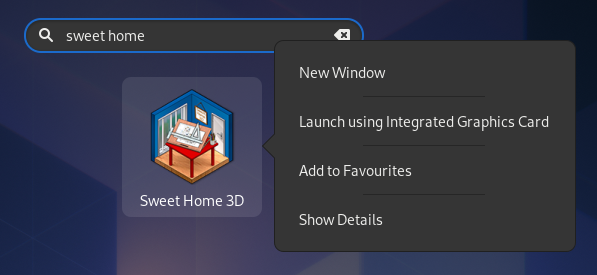

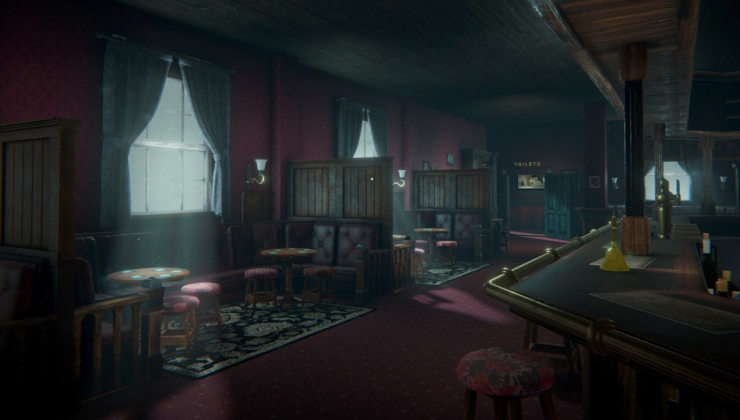
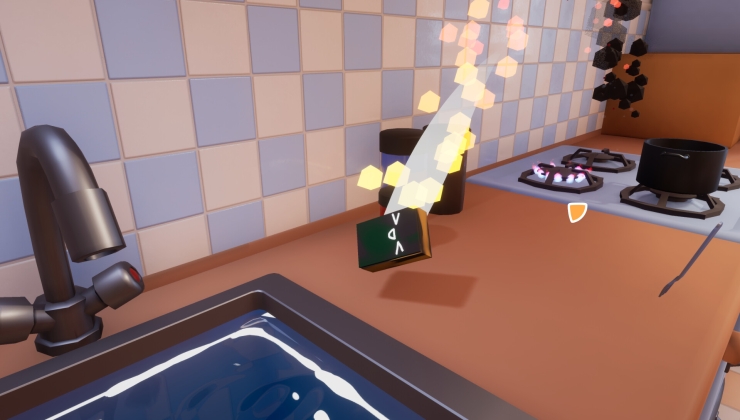
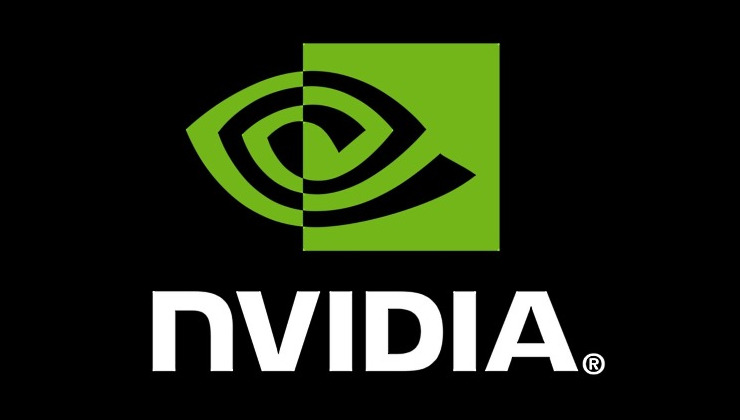



See more from me